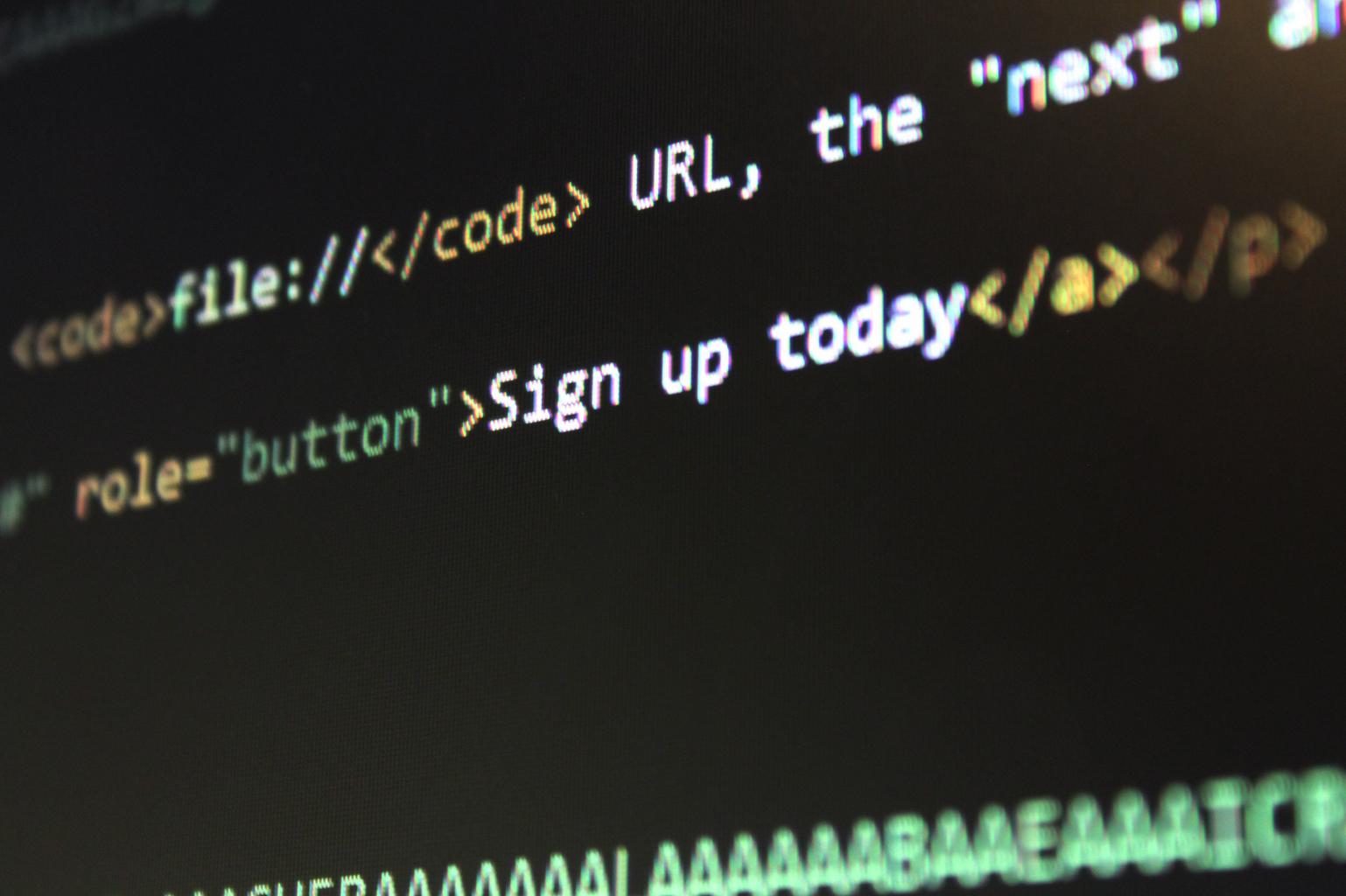Best Books to learn Tensorflow, Are you interested in learning Tensorflow and searching for the best resources to do so? If so, you are in the proper location. We compiled a comprehensive list of the top Tensorflow learning materials in this article.
So take a moment to look for the best resources for learning Tensorflow. This article can be bookmarked so that you can access it later.
Best Books on Data Science with Python – Data Science Tutorials
Best Books to learn Tensorflow
So take a moment to look for the best resources for learning Tensorflow. This article can be bookmarked so that you can access it later.
1. Hands-On Neural Networks with TensorFlow 2.0
Key Features:-
1. Recognize the fundamentals of machine learning and the power of deep learning and neural networks.
2. Examine the TensorFlow framework’s structure and learn how to switch to TF 2.0.
3. Create neural network-based solutions for any deep learning issue using TF 2.0.
Best Books to Learn R Programming – Data Science Tutorials
2. TensorFlow 2 Reinforcement Learning Cookbook
Key Features:-
1. Create and implement solutions for production pipelines, goods, and services based on deep reinforcement learning
2. Examine well-liked reinforcement learning algorithms including the actor-critic technique, SARSA, and Q-learning.
3. Create and modify RL-based programs to carry out tasks in the real world.
3. TensorFlow 2 Pocket Reference
Key Features:-
1. Be familiar with TensorFlow model patterns and ML workflows’ best practices.
2. When creating TensorFlow models and workflows, use code snippets as templates.
3. Reduce development time by utilizing the TensorFlow Hub to integrate prebuilt models.
4. Select data ingestion, training paradigms, model storing, and inferencing design options that are well-informed.
5. Talk about typical situations such as model design, data import methodology, model training, and model tuning.
5 Free Books to Learn Statistics For Data Science – Data Science Tutorials
5. Python Machine Learning: Machine Learning and Deep Learning with Python, scikit-learn, and TensorFlow 2
Key Features:-
1. The third edition of the highly regarded, best-selling Python machine learning book.
2. You may go deeper into the theory and application of Python machine learning thanks to clear and understandable explanations.
3. Completely revised and expanded to include TensorFlow 2, models for generative adversarial networks, reinforcement learning, and best practices
5. Learning Deep Learning: Theory and Practice of Neural Networks, Computer Vision, Natural Language Processing, and Transformers Using TensorFlow
Key Features:-
1. Learn about and become proficient in the following fundamental ideas: perceptrons, gradient-based learning, sigmoid neurons, and backpropagation.
2. Examine how DL frameworks facilitate the creation of increasingly intricate and practical neural networks.
3. Understand how convolutional neural networks (CNNs) are revolutionizing image analysis and categorization.
4. Use long short-term memory (LSTM) and recurrent neural networks (RNNs) to process text and other variable-length sequences.
5. Master NLP using Transformer architecture and sequence-to-sequence networks
6. Create software for image captioning and natural language translation.
6. TinyML: Machine Learning with TensorFlow Lite
Key Features:-
1 Create a magic wand that responds to movements, a camera that can detect individuals, and a voice recognizer.
2. Use ultra-low-power microcontrollers and Arduino.
3. Discover the fundamentals of machine learning and how to create your own models.
4. Develop models that can comprehend data from accelerometers, images, and audio.
Test for Normal Distribution in R-Quick Guide – Data Science Tutorials
7. TensorFlow 2.0 Computer Vision Cookbook
Key Features:-
1. Create, train, and use TensorFlow-based deep learning algorithms for computer vision applications. 2. Find workable solutions to common problems that arise when creating computer vision models.
3. Make it possible for machines to comprehend at the level of humans in order to identify and evaluate digital photos and movies.
8. TensorFlow for Deep Learning: From Linear Regression to Reinforcement Learning
Key Features:-
1. Understand the principles of TensorFlow, including how to carry out simple computations
2. Create straightforward educational programs to comprehend their mathematical underpinnings
3. Explore completely connected deep networks that are utilized by countless applications.
4. Use hyperparameter optimization to transform prototypes into superior models.
5. Use convolutional neural networks to process images
10. Machine Learning Using TensorFlow Cookbook
Key Features:-
1. Deep Learning solutions from Google Developer Experts and Kaggle Masters
2. Understand the core concepts, such as variables, matrices, and data sources.
3. Acquire cutting-edge skills to improve the speed and precision of your algorithms.
11. Hands-On Machine Learning with Scikit-Learn, Keras, and TensorFlow
Key Features:-
1. Examine the landscape of machine learning, especially neural networks
2. Follow a sample machine learning project from beginning to conclusion using Scikit-Learn.
3. Examine several training models, such as ensemble techniques, random forests, decision trees, and support vector machines.
4. Create and train neural networks using the Tensor Flow framework.
5. Learn about several neural network architectures, such as convolutional nets, recurrent nets, and deep reinforcement learning.
6. Acquire knowledge of deep neural network scaling and training methods.
This is the end of the list. I’m hoping that these tools will assist you in learning and mastering Tensorflow. I advise you to save this post as a bookmark for further use.













